Henan Province


Introduction
Often called the “cradle of Chinese civilization,” Henan Province occupies a central position in both geography and history. With more than 99 million people, making it one of China’s most populous provinces, Henan covers fertile plains crossed by the Yellow River, where dynasties first rose and Chinese culture took root.
From ancient capitals such as Luoyang and Kaifeng to its modern industrial centers, Henan has long been a land where past and present intertwine. Its strategic location at the heart of the country has ensured its importance as both a political center and a cultural crossroads, shaping Chinese identity for millennia.
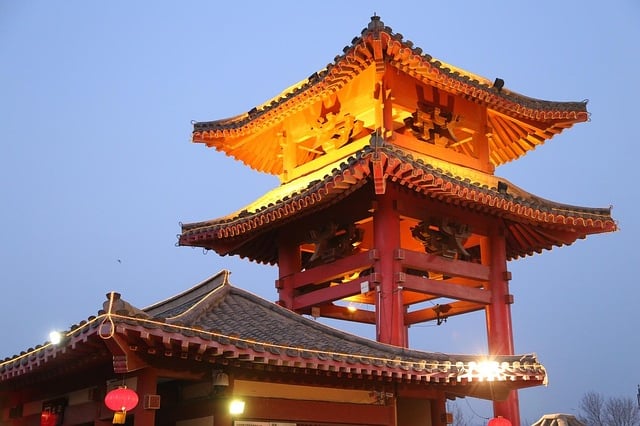

Geography and Key Cities
Henan lies in the middle reaches of the Yellow River, bounded by mountains in the west and plains in the east. The central North China Plain dominates, with fertile soils that have supported continuous settlement for thousands of years. The climate is temperate continental, with cold, dry winters and hot, humid summers influenced by the East Asian monsoon.
Zhengzhou, the provincial capital, serves as a major transport and industrial hub, linking north–south and east–west rail lines.
Luoyang, once a capital of multiple dynasties, remains a cultural treasure famous for its grottoes and temples.
Kaifeng, another ancient capital, preserves its Song dynasty heritage and bustling night markets.
Other important cities include Anyang, known for oracle bones and early Chinese script, and Nanyang, with links to Han dynasty history and traditional medicine.
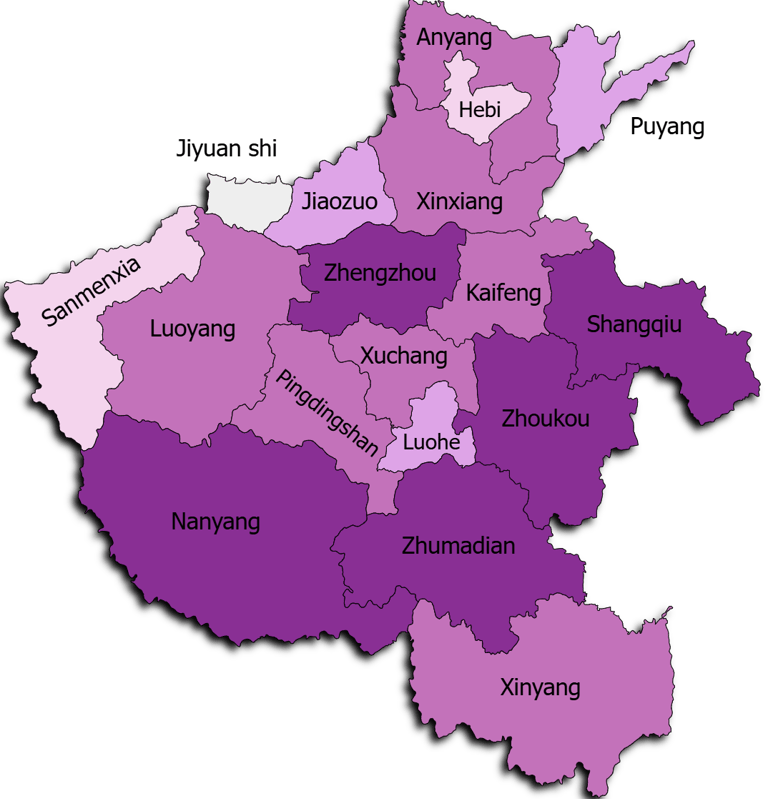



Henan’s history is unparalleled in China. It was the center of the Xia, Shang, and Zhou dynasties, marking the birthplace of early statehood. The Shang capital at Anyang yielded the earliest Chinese writing, while Luoyang became the seat of power for later dynasties such as the Han and Tang.
Kaifeng flourished as the capital of the Northern Song, a hub of commerce, culture, and innovation. However, invasions and floods often brought destruction, with the Yellow River earning its name as “China’s sorrow.”
In modern times, Henan was a key battleground during the Second Sino-Japanese War and the civil war. The province also endured devastating famines in the 20th century. Today, its historical legacy continues to define its identity, even as it has emerged as a vital industrial and agricultural province.
Historical Background




Nature and Landmarks
Henan combines natural wonders with cultural landmarks. The Yellow River runs across the province, with scenic sites such as the Hukou Waterfall upriver and the Yellow River Scenic Area near Zhengzhou.
The Songshan mountain range is home to the Shaolin Temple, birthplace of Chan Buddhism and martial arts traditions, as well as the UNESCO-listed Longmen Grottoes in Luoyang, where thousands of Buddhist statues are carved into cliffs. Kaifeng offers remnants of ancient walls and temples, while Yuntai Mountain in Jiaozuo features waterfalls, gorges, and dramatic cliffs.
These landscapes show Henan’s dual nature: sacred mountains and rivers alongside urban centers filled with millennia of history.
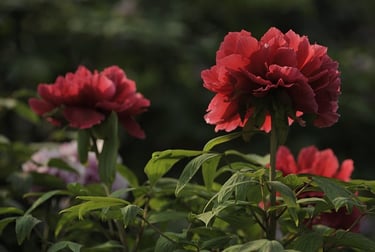



Culture and Cuisine
Henan’s culture reflects its central role in shaping Chinese civilization. As the heartland of early dynasties, it has influenced language, literature, and philosophy for centuries. Folk traditions include paper-cutting, shadow play, and woodblock printing, while temples and festivals keep Confucian and Buddhist rituals alive.
Henan opera, with its bold singing style, remains one of China’s most popular regional theaters. The province is also deeply associated with martial arts, thanks to the Shaolin Temple’s global reputation.
Cuisine is hearty and wheat-based, featuring noodles, buns, and dumplings rather than rice. Compared with southern provinces, Henan’s food is robust, savory, and grounded in flour-based staples. Signature dishes include:
Steamed bread (mantou) and flatbreads, daily staples across rural areas,
Hu la tang, a spicy pepper soup often eaten for breakfast,
Braised noodles (lu mian), slow-cooked with meats and vegetables,
Carp from the Yellow River, symbolizing prosperity,
Shaolin vegetarian dishes, tied to Buddhist traditions.
While less famous internationally than Sichuan or Cantonese cuisine, Henan food represents the heart of northern tastes, practical and nourishing, echoing its agricultural base.
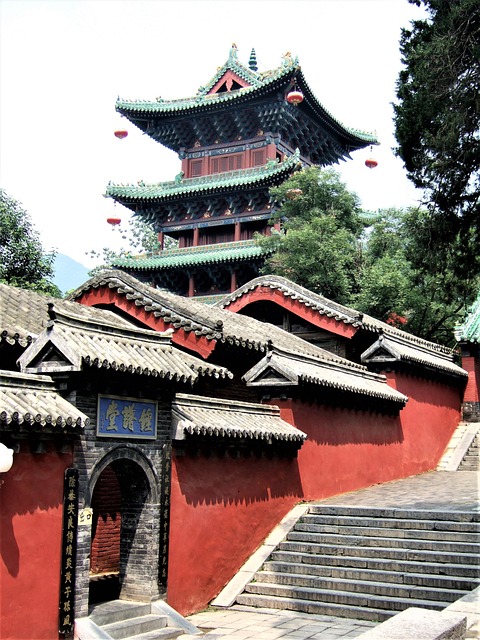

Economy and Modern Development
Henan has long been both an agricultural and industrial giant. The fertile plains make it one of China’s largest producers of wheat, corn, and cotton, reinforcing its nickname as the country’s “granary.” Pig farming and food processing are also significant sectors.
Industrially, Zhengzhou and Luoyang host machinery, automobile, and energy industries. The province has invested heavily in manufacturing, logistics, and electronics, while Zhengzhou Airport’s economic zone has become a hub for international trade. Despite challenges of overpopulation and migration, Henan is increasingly positioning itself within national strategies for central China’s rise.
Compared with coastal provinces, Henan remains less globally connected, but its transport links and agricultural strength ensure its ongoing economic importance.
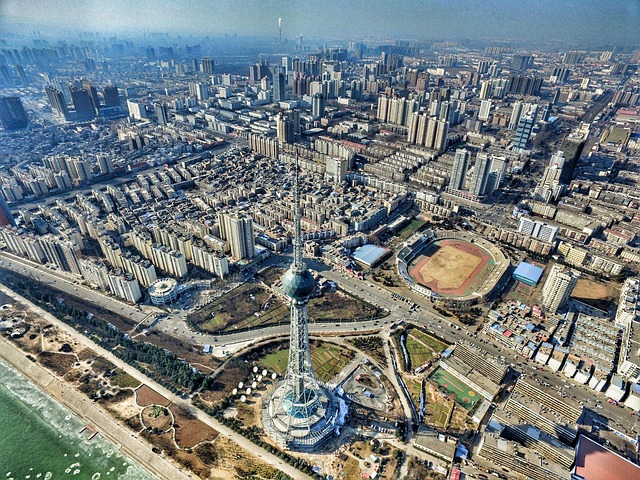

Henan has produced a wealth of influential figures across philosophy, politics, literature, and religion. Ancient sages such as Laozi, founder of Daoism, and Zhuangzi, another pillar of Daoist thought, both trace their roots to the province. Legalist thinker Han Feizi also hailed from Henan, reflecting its role as a cradle of Chinese intellectual traditions.
In the imperial era, Henan gave rise to emperors, generals, and scholars, particularly during the Tang and Song dynasties when Luoyang and Kaifeng were capitals of culture and politics. The province nurtured poets, calligraphers, and artists who shaped classical Chinese aesthetics.
Henan is equally renowned for the Shaolin Temple, whose monks became legendary for martial arts and Buddhist teaching, making the province a spiritual and cultural beacon. In modern times, Henan has contributed reformers, writers, and athletes who continue to embody its legacy as China’s historical heartland.
People and Notable Figures
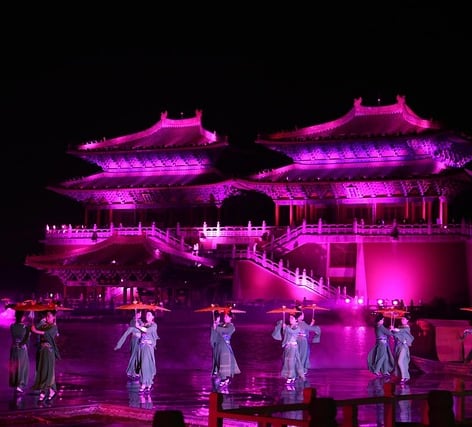

Current Trends and Daily Life
Henan daily life combines the pace of modern cities with the rhythms of rural tradition. In Zhengzhou, commuters ride new subways, shop in malls, and work in manufacturing or services, while surrounding villages still center on wheat cultivation, markets, and local festivals.
Migration remains a defining feature: many Henan people work in other provinces or abroad, sending remittances home. At the same time, younger generations are increasingly staying to work in logistics, technology, or cultural tourism. Compared with wealthier coastal provinces, Henan feels more traditional, but its role as a transport hub keeps it connected to the rest of China.
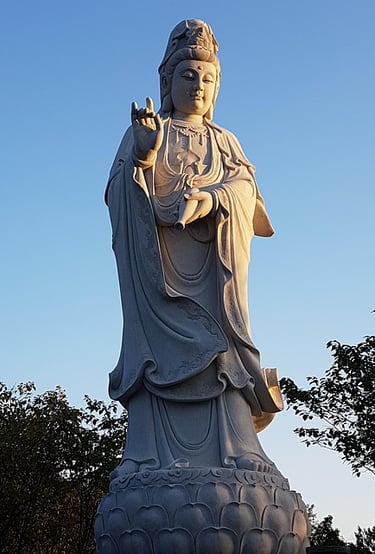

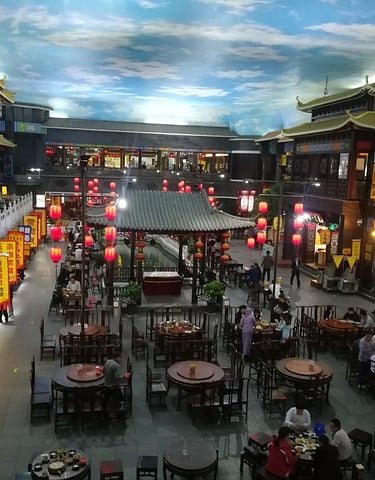

Practical Travel and Tips
Best time to visit: Spring and autumn offer mild weather and blooming landscapes, while summer can be hot and winter cold.
Getting there: Zhengzhou is a major rail hub on the Beijing–Guangzhou high-speed line and has an international airport. High-speed trains connect Henan to most major cities.
Highlights: Longmen Grottoes, Shaolin Temple, Kaifeng’s night markets, Yuntai Mountain, and Yellow River scenic spots.
Local etiquette: Expect direct and practical manners, reflecting northern traditions; respect temple rituals and local customs.
Insider tip: Try hu la tang for breakfast in Luoyang, wander Kaifeng’s evening markets, and visit the Shaolin Temple for martial arts performances set against Songshan’s peaks.
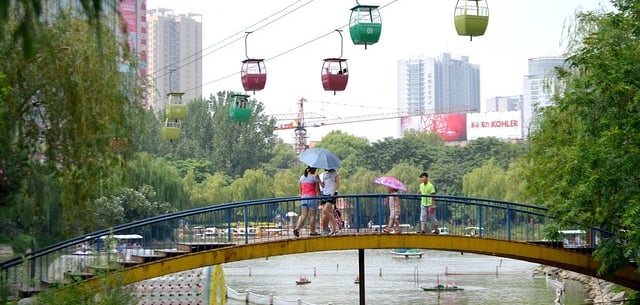

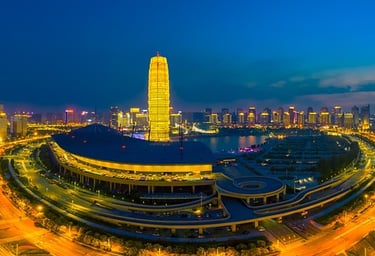

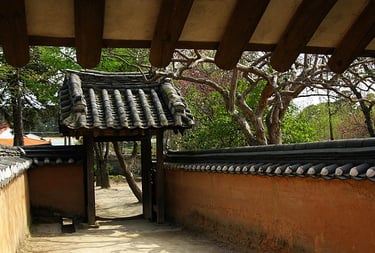



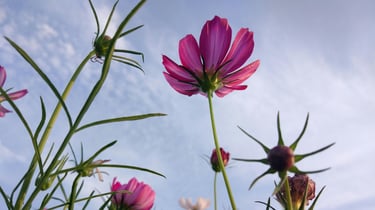





Climate
Plant and animal life
Agriculture
Manufacture
Henan has a temperate continental climate, with hot, humid summers influenced by the East Asian monsoon and cold, dry winters shaped by northern winds.
Spring is warm but can be rainy, while autumn is crisp and sunny, ideal for harvests.
Rainfall is concentrated in summer, supporting abundant crops, while winter dryness shapes daily life and traditional heating practices.
Compared with coastal provinces, Henan experiences more seasonal variation, with a marked contrast between summer heat and winter chill.
Henan’s landscapes include fertile plains, river valleys, and scattered mountains, supporting diverse ecosystems.
Forests in the Funiu and Taihang ranges contain oak, pine, and cypress, while wetlands along the Yellow and Huai Rivers provide habitats for ducks, herons, and migratory birds. Rivers and lakes nurture fish species such as carp and crucian.
Compared with northern provinces like Heilongjiang, Henan’s flora and fauna are milder and more suited to agriculture rather than boreal forests, but still show a rich temperate biodiversity.
Henan is a core agricultural province, often called China’s “granary.” Wheat, corn, and cotton dominate, while rice grows in irrigated river plains. Vegetables, peanuts, and fruit orchards, especially apples, jujubes, and watermelons, are widely cultivated.
Henan also produces significant pork and poultry, reflecting a mixed farming economy.
Henan’s agriculture is diversified, combining staple grains, cash crops, and livestock, making it central to national food production.
Henan’s industrial base is built around machinery, textiles, chemicals, and food processing.
Zhengzhou is a hub for automobiles, electronics, and logistics, while Luoyang specializes in heavy machinery and steel.
The province also produces cement, building materials, and pharmaceuticals. Tourism and cultural industries linked to historical sites complement the economy.
Henan balances manufacturing with agriculture, logistics, and service industries, reflecting its central location in China and historical importance.
Navigation
Main Menu
nathan.china-sphere.com
© 2025. All rights reserved.